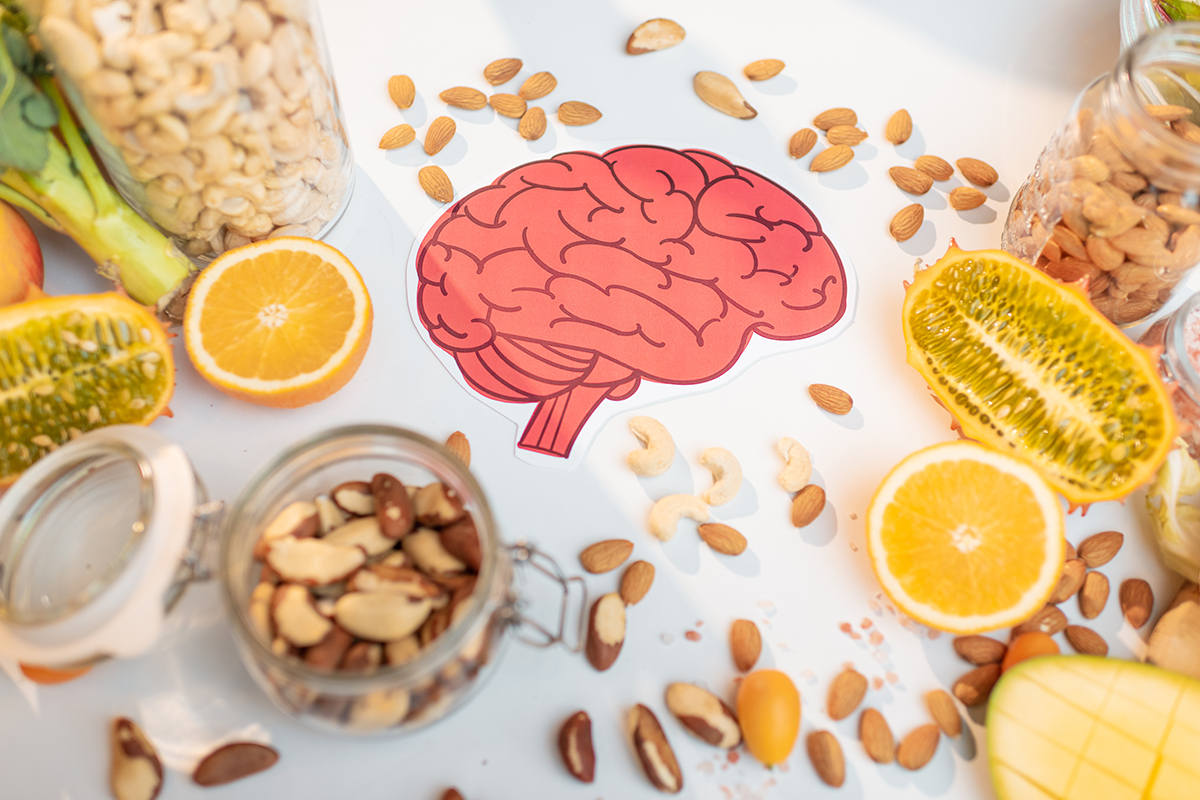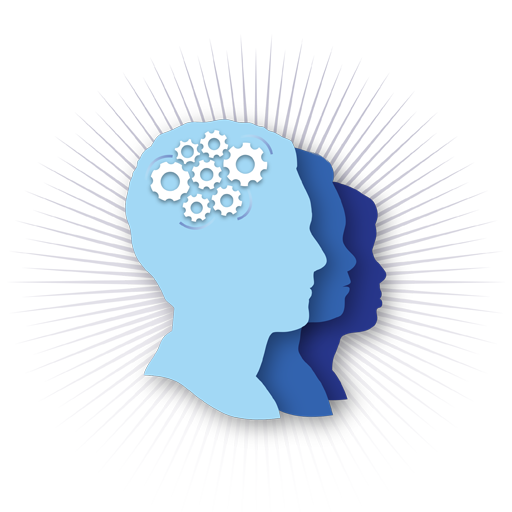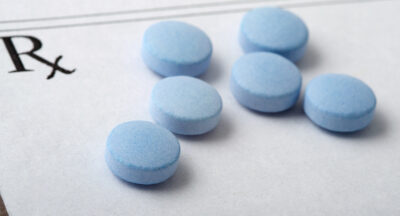
Is there such a thing as an ADHD diet?
Is there such a thing as an ADHD diet?
Ari Goldstein, Ph.D.
“You are what you eat” is an axiom that I’m sure most healthcare and fitness experts would agree with. After all, there is no doubt that good nutrition is crucial for maintaining good health in people of all ages, especially children. Furthermore, over the last several decades, various theories have arisen claiming diet, along with other factors cited in our last blog, may play a major role in the occurrence, frequency and severity of ADHD symptoms. We thought it was time to consider the latest findings regarding some of these theories in this blog.
First, the assumption that sugar causes ADHD is simply not true.
Sugar itself probably doesn’t cause a change in behavior in children – whether they have ADHD or not. Yet for decades (perhaps centuries) parents have limited their children’s intake of sweets because it supposedly made them hyperactive. This theory has been tested in a number of scientific studies examining not only children’s reactions to sugar intake, but the attitude of their parents as well – with very interesting results.
According to Elizabeth Harstad, Developmental Behavioral Pediatrician at Boston Children’s Hospital, “In one study, all of the children given a non-sugar substitute.1 Half of the mothers were told their children has eaten real sugar. The other half were told their children had eaten the substitute.
When all of the mothers were asked to rate their children’s behavior, the moms who thought their kids had eaten real sugar rated their children as more hyperactive.”
Hyperactivity isn’t caused by what children eat but where they eat it.
As Harsted puts it, “Think about cupcakes at birthday parties. Or platters of cookies at a holiday gathering. Or a scoop of ice cream at bedtime. Kids may act up in these settings because they’re tired or overwhelmed. In other words, it may be the situation rather than the sugar that gets kids amped up.”
Of course, too much sugar isn’t good for anyone, not only because it causes tooth decay and can increase the risk of obesity, but leads to a host of metabolic imbalances. Nevertheless, unless something changes in the future, you can’t blame ADHD on candy bars or Grandma’s apple pie.
Is ADHD due to food allergies?
As mentioned above, speculation about the role diet plays in ADHD has been with us for decades but it grew considerably louder in the 1970s due to the work of Dr. Benjamin Feingold.2 Feingold was Chief of Pediatrics at Cedars of Lebanon Hospital in Los Angeles, CA until becoming Chief of Allergy at Kaiser-Permanente Medical Center in San Francisco. He worked with adults and children, trying to discover if there was any link between ADHD behaviors and allergies to certain foods. He developed the Feingold Program or Elimination Diet to find out exactly which foods, if any, were involved. In the end, Feingold’s methods and results were largely discredited or ignored. Not only was Feingold’s diet expensive and hard to follow, the quality of his research was severely criticized by various professionals, casting doubt on his findings.
Yet while Feingold’s overall approach and conclusions may have been faulty, his questioning of the effect that food additives such as salicylate, artificial food coloring, flavoring and preservatives have on ADHD patients is still being researched today in Europe as well as the United States.
For example, in Europe food with certain food dyes now must carry a cautionary label.
In 2007 a study in the United Kingdom seemed to indicate there was a connection between artificial food dyes or/and sodium benzoate, a common preservative used in processed foods, and hyperactivity in children. As a result, the European Union began to require that if a product contained one or more of six different dyes included in this study, its packaging had to include the following copy, “The product may have an adverse effect on activity and attention in children.” In the United States, the FDA considered similar research in 2011, but concluded, “there was not sufficient evidence proving that artificial colors caused hyperactivity in the general population.”3
Still, even in the US some experts seem to think, “better safe than sorry.”
According to Joel Nigg, professor of psychiatry, pediatrics and behavioral neuroscience at Oregon Health and Science University the 2011 studies do seem to show a link between dyes and hyperactivity. “The literature is so sparse that on the one hand you can sympathize with those who take a wait and see attitude,” he explains. “But on the other hand, when we do look at the literature we have, we do see effects that seem to be real. Do you want to take a chance that these initial studies are wrong and put kids at risk or do you want to take a chance that they’re right?”3
It could be that kids with ADHD are more susceptible to a reaction to these ingredients than other children. We still just don’t know. One solution that some researchers, nutritionists, doctors and parents advocate is for families to try a different approach to nutrition called the Paleo Diet.
The Paleo Diet was inspired by Charles Darwin’s theory of evolution.
It’s based on the idea that the way we eat today is actually out of sync with our physical body structure and is due to social changes rather than evolutionary ones.4 According to Paleo Diet advocates, our bodies were designed for, and still function best under Stone Age conditions. Since our life style and diet is so different from that of people living in a prehistoric environment, it causes us to suffer from many preventable diseases such as obesity, diabetes and heart disease.
Starting with the premise that early man didn’t cultivate, harvest or eat grain himself, let alone feed it to domesticated animals, the diet recommends eating only grass-fed beef and pork or wild animals like deer and elk. It is also supposed that early man didn’t drink milk or have dairy products or alcohol in his diet. If you eliminate these elements from your daily diet, you are left with lean beef, fish, free-range poultry, nuts, fruits and vegetables. In short – a diet devoid of additives, preservatives, gluten, sugar, fat and full of vitamins, minerals and antioxidants.4
Sounds great right? However, as with most diet plans, there are some drawbacks which WebMD notes in hits article on the subject. First, buying whole, unprocessed foods including grass-fed beef and free-range chicken can raise your grocery bill considerably. Moreover, you’ll probably be spending more time in the kitchen to prepare your meals. In addition, you’ll want to supplement the diet by taking folic acid, B vitamins, calcium and Vitamin D, elements you would normally get in grain and dairy products.5
But if you consider that ADHD symptoms can be caused or exasperated by additives, preservatives and so on, the Paleo diet presents an interesting alternative families may want to consider.
If a Paleo diet seems too challenging right now, here are some other options.
Even if you choose to eat food found on most supermarket shelves, you can still make choices that will create a diet rich in foods that seem to prevent and minimize ADHD symptoms.6 Here’s a shopping list to get you started:
- Foods high in protein
These include lean beef, pork, poultry, fish, eggs, beans, nuts, soy and low-fat dairy products. Protein is used by the body to make the neurotransmitters that brain cells use to communicate with each other. Laura Stephens, M.S., nutritionist at Purdue University and author of 12 Effective Ways to Help Your ADD/ADHD Child, writes, “Because the body makes brain-awakening neurotransmitters when you eat protein, start your day with a breakfast that includes it.” 6
- Fresh fruits and vegetables
Ned Hallowell, M.D. advises patients with ADHD to arrange their plates as follows: Half of the plate should be taken up with fruits and vegetables, one fourth with some form of protein and one-fourth with carbohydrates.6 Faye Berger Mitchell, a registered dietician and mother of a 9-year old with ADHD, concurs completely.6 She has found when her daughter eats like this her behavior tends to stay under control more consistently.
- Foods rich in Zinc, Iron, Magnesium and vitamin B
Zinc, iron and magnesium are necessary for the production and regulation of neurotransmitters like Dopamine and are found in meat, poultry, seafood and nuts. Zinc may also make methylphenidate (Ritalin) more effective by increasing the brain’s reaction to dopamine. Magnesium is essential for the production of Neurotransmitters involved in attention and concentration and is supposed to have a calming effect.6
Iron, of course, is found in protein and some dark green vegetables like spinach. This is important because low iron levels have been associated with inattention. In fact, one study found that ferritin levels (a measure of iron stores in the body) were low in 84 percent of kids with ADHD compared to 18 percent in the control group.6 Vitamin B , found in high protein foods and green vegetables like broccoli, is also associated with increased levels of dopamine that improve alertness.6
- Foods with Omega -3 Fatty Acids
Salmon, Tuna, Sardines and other cold water fatty fish are rich in Omega – 3 and believed to be key to brain and nerve cell function.6 Perhaps this is why fish are often called “brain food.”
Until more research comes in – we suggest taking a common sense approach.
As you can see, the answer to the question in the title of this blog is still being researched and debated in many quarters. But we hope the following quote from “Diet and attention deficit hyperactivity disorder,” published by Harvard Health Publications will put things in prospective for you,
“…a sensible approach to nutrition for children with ADHD is the same recommended for all children: eat a diet that emphasizes fruits and vegetables, whole grains, healthful unsaturated fats, and good sources of protein; go easy on unhealthy saturated and trans fats, rapidly digested carbohydrates, and fast food; and balance healthy eating with plenty of physical activity.
A healthful diet may reduce symptoms of ADHD by reducing exposure to artificial colors and additives and improving intake of omega-3 fats and micronutrients. But it certainly will improve overall health and nutrition, and set the stage for a lifetime of good health.”
Hope you found this material helpful. If you have any questions, please feel free to contact us.
References
1 Harsted, E. Should Kids with ADHD Avoid Eating Sugar? Understood, 2017, https://www.understood.org/en/family/events-outings/holidays-celebrations/should-kids-with-adhd-avoid-eating-sugar
2 Feingold Diet, Wikipedia, 2017, https://en.wikipedia.org/wiki/Feingold_diet
3 Harrington, R., Does Artificial Food Coloring Contribute to ADHD in Children?, Scientific American, 2015 https://www.scientificamerican.com/article/does-artificial-food-coloring-contribute-to-adhd-in-children/
4 Wolf, R., “What is the Paleo Diet?,” 2016 https://robbwolf.com/what-is-the-paleo-diet/5 McMillen, “The Paleo Diet,” Webmd.com, 2016, http://www.webmd.com/diet/a-z/paleo-diet
6 Editors, “Why Sugar is Kryptonite for ADHD Brains,” Attitude Magazine, 2009
7 ”Diet and attention deficit hyperactivity disorder,” Harvard Mental Health Letter, 2009
http://www.health.harvard.edu/newsletter_article/Diet-and-attention-deficit-hyperactivity-disorder
Related Posts
Understanding Your Rights: A Teen’s Guide to Healthcare and Confidentiality
18 years old. This age brings so much change in a teen’s life, even more than the...
Meeting Health Insurance Deductibles: Why You Shouldn’t Wait to Get Services
The Realities of Health Insurance Deductibles In many cases insurance policies...
Testimonial – J.F.
I can’t say enough about Dr. Effarah and Cognitive Solutions Learning Center. I...
How Can You Prevent Adderall Withdrawal?
Withdrawal symptoms can occur when an individual stops taking Adderall, which can...




